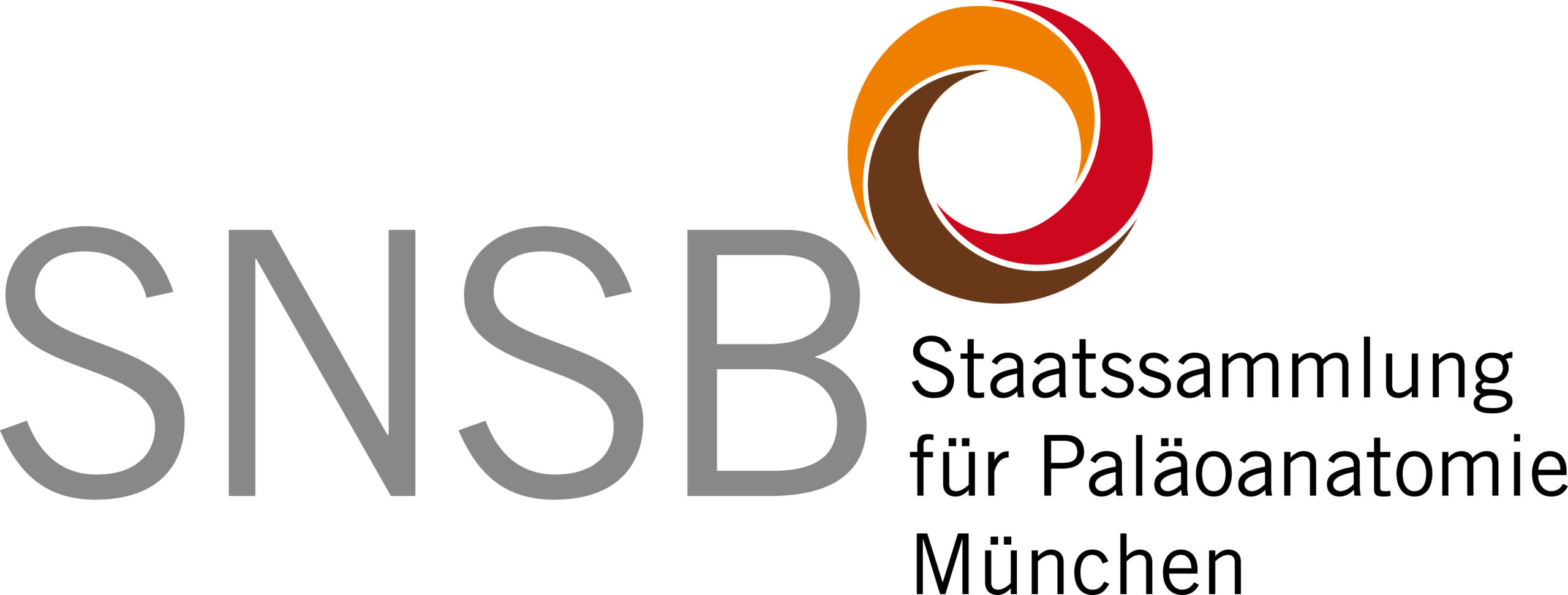Euphrates-Tigris Project
The transition from hunter-gathering to farming and animal raising is one of the most significant changes our species have undertaken. One of the key areas of study for this transition and the emergence of the stock-keeping of sheep, goat, cattle and pig is the Pre-Pottery Neolithic (PPN) (ca. 9,700 – 7,000 cal. BCE) and lies in Upper Mesopotamia, in the basins of the Tigris and Euphrates rivers. Whilst a significant amount of research has been conducted on the beginnings of animal domestication in this region, the complex manner in which domestication arose and the lack of coverage of datasets across this region means that there are still significant gaps in our understanding of this process. These gaps have not allowed for a more localised understanding of the beginnings of animal domestication between the Euphrates and Tigris basin areas which have their own unique geographical and cultural characteristics, but are often grouped as a supra-region. The objective of this project is to chart the change from a human-animal relationship predominately based on hunting through to the initial uptake of animal husbandry within the Tigris and Euphrates basins in the PPN, and to delineate the shared characteristics and differences in subsistence strategies between these two areas. This project identifies three key gaps in the current state of research: 1) limitations from older datasets generated from rescue excavations conducted in the late 1980s/1990s (e.g. Nevalı Çori, Gürcütepe), 2) a lack of sites where occupation continued over long periods of time, which would allow for study of the development and/or uptake of domestic species within a single locality and 3) an asymmetric coverage of published faunal assemblages regarding the two basin areas and the two time periods of interest; specifically, there is currently a lack of published PPNA faunal studies from the upper Euphrates basin and a lack of PPNB faunal assemblages from the upper Tigris basin. This project aims to address these research gaps through the study of faunal assemblages from six case studies 1. Göbekli Tepe, 2. Karahantepe, 3. Nevalı Çori, 4. Gürcütepe, 5. Boncuklu Tarla, 6. Gusir Höyük.
DFG Project “Two River Basins, Two Stories? Orthodoxy and Innovation in animal – human relationships in the Upper Tigris and Euphrates Regions”, directed by Dr. Stephanie Emra

